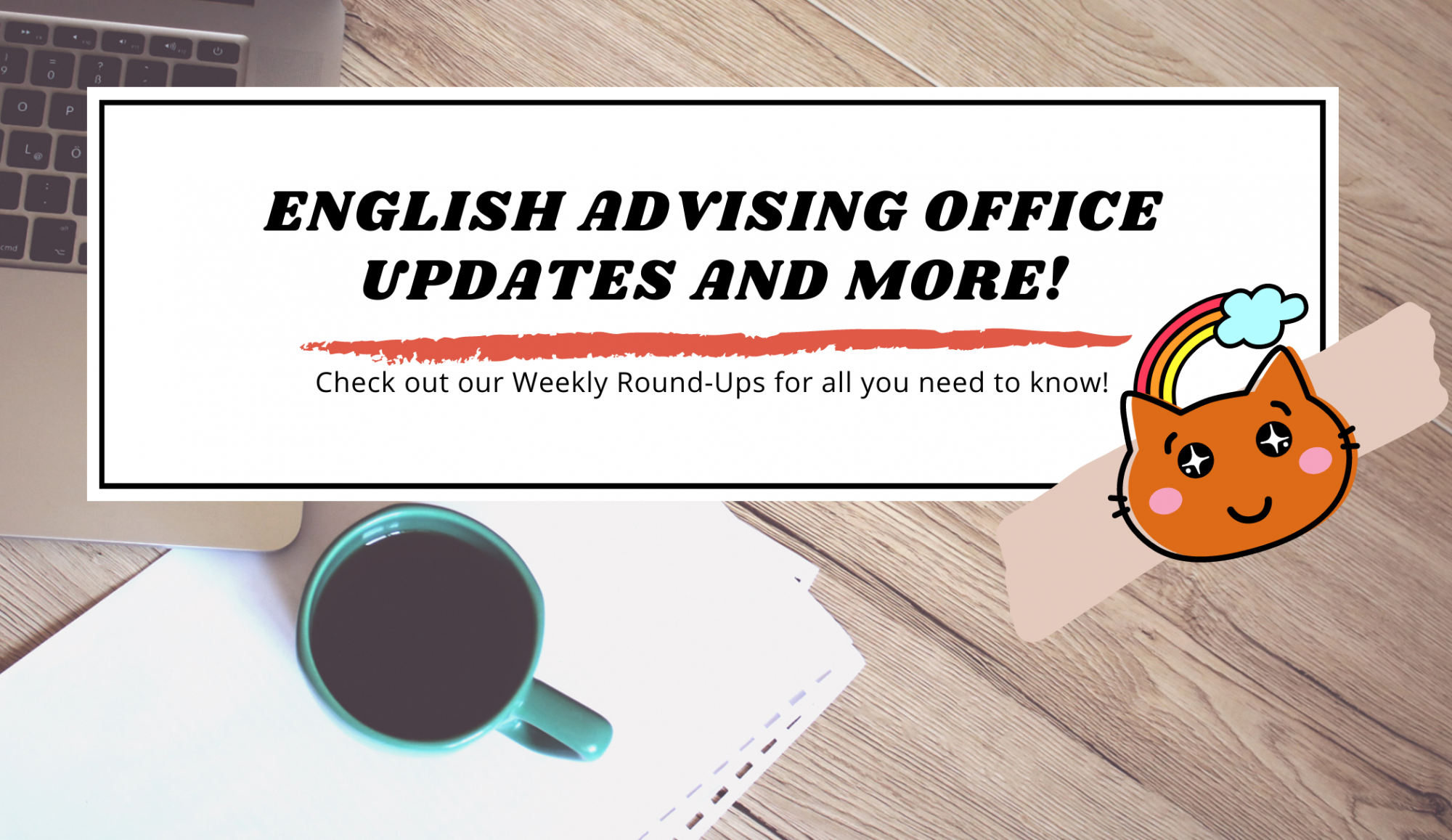by Prof. John Gallagher, Department of English, University of Illinois at Urbana-Champaign.
A video version of these guidelines is available here.
Questions for Job Call Analysis
- Identify the verbs and nouns used in the call
- Identify syntactical structures (orders of words, clauses, and punctuation patterns)
- Identify the requirements (skills, qualifications, or characteristics)
- Develop concrete articulations of the requirements in terms of your own work, education, or leadership experiences
Ten Tips to Remember for Resumes
- Only strategies; there are no rules to the way these documents can look. Be careful about the advice you receive—you must be critical and question it
- Design the resume in a way that enhances your experiences, background, and strengths (avoid templates)
- Resumes should not repeat information on job letters. Remember: Job letters are letters: they require inside addresses and a salutation to someone or a committee.
- Category headings are flexible and need to be altered/adapted to the job call
- Arrangement of sub-headings should be adjusted to the job call and your strengths
- Skills generally ought to be integrated into other sub-headings
- Consistent font and structure
- All bullet points should begin with a descriptive verb
- An objective is only necessary if there is no job application letter
- PDF is the preferred file type, unless otherwise stated
Advice on Visuals
Visuals are always a case-by-case basis. You should be aware of (1) the company’s expectations of a job application, (2) the expectations of an industry, and (3) your own strengths. Some cursory examples of different expectations: Europeans often put their pictures on resumes; graphic artists often include some sort of design in their resume; American academics almost never put their pictures on resumes; and US government jobs often discourage visuals (for discrimination research).
Ten Tips on Layout of a Resume
- Black colored font
- A single font
- While font size can vary, the sub-headings should be a consistent size and the bullet points should be a consistent size
- Header should be simple, with your name being the largest font size
- Recommendation: use a standard font type
- Generally try to stay on one page (references can go on a separate document)
- If you have bullet points, you should aim for having two (not a single bullet)
- Never put down false information
- Write in reverse chronology (starting with most recent first)
- Scanning documents (assume employers look at a resume for 60 seconds total)
Job Application Letters
*Job application letters are different than cover letters because (a) job application letters apply for a job whereas (b) a cover letter sits as the cover of business documents
GENERAL OVERALL STRUCTURE:
- Address the letter to a person and/or committee, including a salutation and address
- First paragraph [note that in the presentation itself, Prof. Gallagher stressed that the structure here can be thought of in terms of “ideas” rather than “paragraphs”]: directly state the position for which you are applying. Then summarize the ways you would make an effective fit for the position
- Second paragraph [idea]: state why your background is suited to the position
- Third paragraph [idea]: state why your background is suited to the company
- Fourth paragraph [idea]: articulate you are motivated
- Exit salutation with a signature (you should have a signature saved as a JPEG file)
ADVICE:
- THE FIRST DOCUMENT YOUR [POTENTIAL] EMPLOYER SEES!
- Use letterhead from your organization/company/university
- Employ similar strategies you used when writing your resume
- Specific salutation for a person/committee is crucial
- Write an exit sentence thanking the audience (and that you’re looking forward to a reply)
- While the one-page requirement is not as strict with application letters, try to keep it close
- Don’t be afraid to be concrete, specific, and detailed (one of the most common mistakes)
